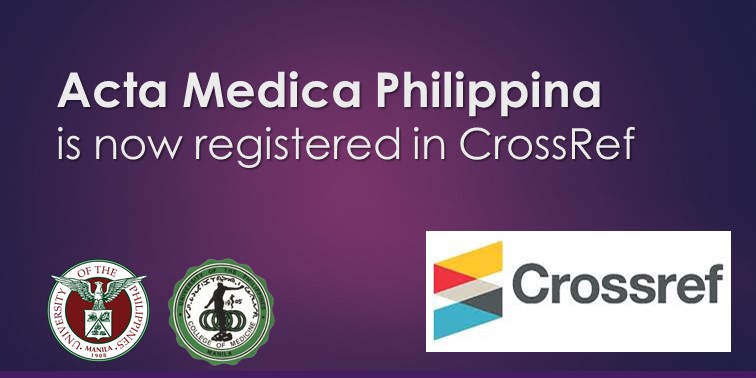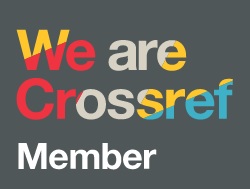Acute Medical Emergency Preparedness and Associated Factors in Community Pharmacies in Metro Manila, Philippines
DOI:
https://doi.org/10.47895/Keywords:
acute medical emergency, collective efficacy, community pharmacies, emergency preparedness, selfefficacyAbstract
Background and Objective. Community pharmacies are among the most accessible healthcare facilities and play a critical role during medical emergencies. While many countries have implemented structured emergency preparedness systems in pharmacies, such practices remain limited and under-researched in the Philippines. The lack of empirical data on pharmacy-based emergency readiness hampers efforts to strengthen their role in crisis response and inform context-specific policies and training programs. This study aimed to assess the level of medical emergency preparedness and its associated factors among community pharmacies in Metro Manila, Philippines.
Methods. A community-based, cross-sectional study was conducted among 533 Filipino community pharmacy staff, consisting of 38.8% pharmacy assistants/technicians, 36.8% branch/staff pharmacists, and 24.4% managers/ supervisors. Data was collected using a modified survey questionnaire administered online and face-to-face across various cities in Metro Manila. Self-efficacy and collective efficacy scales were utilized to assess medical emergency preparedness and linear regression models were employed to identify factors associated with preparedness in acute medical emergencies.
Results. Community pharmacies in Metro Manila are moderately prepared (overall mean scores: self-efficacy 3.65, collective efficacy 3.69 on a 1-5 scale) to respond to acute medical emergencies. Regression analysis shows that age, position, and training in first aid, cardiopulmonary resuscitation (CPR), and basic life support (BLS) are positively associated with self-efficacy. Conversely, the number of emergency equipment, pharmacy staff, and training experience are positively associated with collective efficacy.
Conclusions. The study’s findings highlight key factors influencing the preparedness of community pharmacies in Metro Manila. Pharmacies with staff trained in first aid and CPR/BLS, as well as those equipped with adequate emergency supplies, demonstrated significantly higher levels of preparedness for medical emergencies. These results emphasize the critical role of ongoing, comprehensive training for pharmacy personnel. Ensuring that all staff are properly trained to manage acute medical situations can greatly enhance emergency response and improve patient outcomes.
Downloads
Published
Issue
Section
License
Copyright (c) 2025 Acta Medica Philippina

This work is licensed under a Creative Commons Attribution-NonCommercial-NoDerivatives 4.0 International License.




.jpg)



